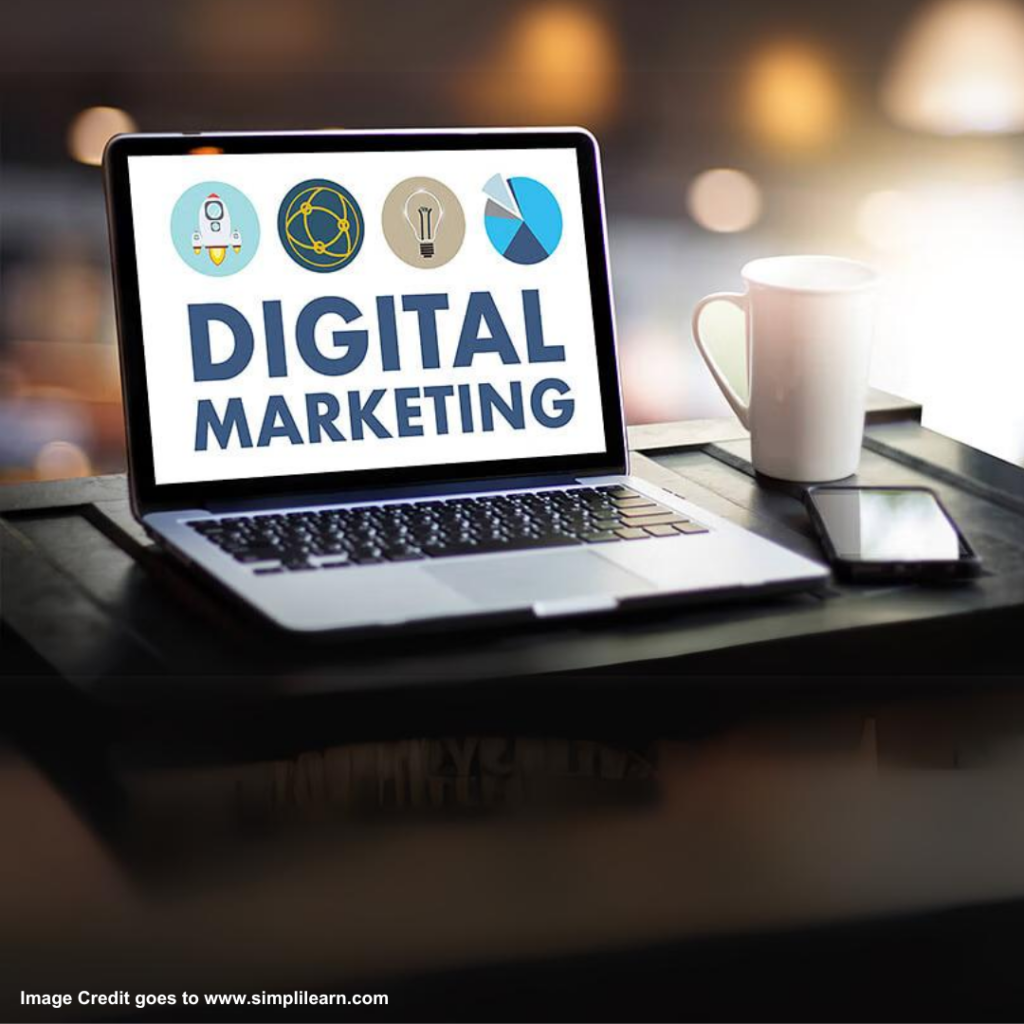Holism and Inclusiveness It is a changing educational landscape. 2024 indeed marks great changes in the mindset of how people consider learning, all because of the changing advancement. It encompasses a more complete understanding of the varying needs of learners. It extends beyond the traditional classroom environment. Depending the great suppressions existing to foster skills and to promote skills for all education, more so, throughout, holistic and integrated frameworks will fill up those gaps. There are five important aspects of education in 2024 that we shall analyze and look into the details. These are all education issues that I have grouped under blended learning, all-round skills provision, learning deficits, microlearning, and learning as a hybrid.
1. Personalized learning: education tailored to fit each unique individual.
The adjustment of learning, better termed personalization of learning, is a general modification of curriculum and content using different teaching methods to address each and every learning need and capacity of a person. The underlying theory of its premise base stands on the way students learn that is universally important. It is a fact that students are different, and some learn different concepts at different rates; for instance, some learn by looking, some learn by doing, and some also learn by listening.
This is today’s technology that has catalyzed the concept of personal learning. Utilizing artificial intelligence and data analytics, teachers can create differentiation for lessons that adjust as they progress. This is reflected in how adaptive testing platforms change questions dynamically based on a student’s answer or AI tutors that look at a person’s response to provide instant feedback. In this kind of model, students are supported in their learning process to build an ever-stronger foundation while interacting with the materials that resonate with their learning style and pace.
The school is greatly investing in digital tools to make it possible for personalized learning. The availability of educational apps and learning management systems, such as Google Classroom and Microsoft Teams, has helped schools address the burden of handling multiple assignments and track the progress of students. Thus, students who are involved in personalized learning exhibit better academic performance and also a greater ability to remain engaged through control of their learning journey.
2. Holistic Development: Preparation for Life Outside the School Wall
So holistic education encompasses not only intellectual but also emotional and social competencies. Teachers increasingly discover that more of a cause is needed to serve students better in the future-a cause for a blend of academic rigor and SEL. Schools and universities worldwide now adopt SEL programs to teach students empathy, self-awareness, and self-control.
Holistic education involves SEL besides the development of other areas such as physical well-being, creativity, and ethics. The schools that include mindfulness practices among other regular physical activities and creative arts as part of the learning curriculum are not out of place. This type of approach values the fact that learning is not about just grades but training students to face life challenges. With this growing knowledge of mental health, schools have been tasked to learn emotional well-being as well, since these are issues through which not only do the children learn better, but they also form an important part of their learning process.
3. Eradicating Learning Gaps: Education for Equality
Despite all these advancements, it remains a fact that students are still denied quality education based on socio-economic backgrounds, differences in language, or disabilities. The education systems of different countries today pinpoint the gaps in learning to fill the gap. These include initiatives such as equal digital access to devices, schools in disadvantaged areas being funded, special education resources, etc.
Indeed, in India, mainly in the vast rural areas and reserve service states, the companies are trying to fill the academic gap by providing access to quality digital education to every nook and cranny of the country. Projects such as the National Digital Education Architecture (NDEAR) aim to ensure a single digital infrastructure to help schools and students dispersed all over the rural and urban platforms. This growth of EdTech startups focusing only on rural India in the recent past marks a shift toward inclusion-from developing tools intended to reduce the gap between urban and rural regions.
An inclusive education system tackles not only socio-economic barriers but also diversity of students’ cognitives and languages. It includes the curriculum adjustments, teacher training, and all other resources in many languages, which appropriately can fit all students. Such efforts pave the way to a future where every child has an equal opportunity to succeed academically and personally.
4. Microlearning: Emergence of learning modules in pieces
In this context, microlearning has become a very popular and best solution to face the increased short attention span and information overload. Today, quick utilization of fast-life usage that is concise and targeted can be done for any learning session instead of long lectures. Instead of long lectures, short videos, quizzes, or articles on some topics are used that help to enable learners to get into those concepts quickly and effectively.
The versatility of microlearning is the reason it appeals to one. Through YouTube, Khan Academy, and Coursera, the microlearning courses enable learners to self-study at their convenience. In 2024, schools and universities start adding microlearning modules as part of their traditional curriculum, thus enabling students to review complex topics in detail without breaking down under pressure. For example, a unit such as molecular biology might be broken up into very short, consumable video pieces so that students understand each piece before coming to the next one.
It is also used by employers to provide continuous learning avenues for their employees. This can be garnered at one’s convenience for his/her skill development and is not necessarily locked in months of training. The concept has been found to work well for professionals who have to continue building their skills but must balance career and personal responsibilities. Microlearning represents the essence of the notion that continuous learning is non-traditional; it is fluid, adaptable, and individual-centered.
5. Hybrid Models: Blending in-person and digital learning.
Hybrid, which is a term referring to in-person and online learning education, has become the talk of modern education. Following the explosion of digital learning during the pandemic, most educational institutions now know how vital it is to hold a hybrid model because of its flexibility in schedules as well as accommodation toward students with different needs-the non-traditional students or those who have other engagements when attending classes.
In the next few years, almost all of the universities and schools have adapted the hybrid models as their standard practice; they design the curriculum blending both virtual components along with traditional classroom settings. This will offer the best of the two worlds: flexibility and access provided by online resources and social and interactive benefits offered by learning in actual, physical classrooms. Students have more control over their academic schedules, and teachers can take advantage of technology to create highly interactive classes that would be quite difficult to achieve in a traditional setting.
Hybrid learning also allows education to be more resistant to disruptions, whether because of weather, health conditions, or other unexpected things that might disrupt it. Hybrid models will make education a more stable institution since it will continue even when the physical classroom cannot be accessed.
Education in 2024: A Path to Lifelong Learning
These tendencies in education for 2024 show an evolution towards inclusivity and flexibility coupled with resilience. Personalized learning now allows students of all kinds, while the holistic growth prepares the students for the complexities of the real world. The ending of learning gaps reflects the sense of equity expressed in these efforts; also, the adoption of microlearning as well as hybrid models shows a flexibility to adapt to the various lives and schedules of today’s students.
Learning is no longer confined to a traditional classroom or the pages of a book. Education has become a personal environment that caters to the needs of learners wherever they are-in cyberspace, emotionally, or socially. Understanding such a diversified global community, education has clearly shifted its focus from test groups into an environment wherein every student would have flourished, had the enabling resources and support been available. So, 2024 is a landmark in the creation of a new education system that would come out to be innovative, inclusive, and transformative.
Sources:
- India’s Personalized Learning Initiatives in Education, Business Standard, 2024.
- Addressing Learning Gaps and Digital Divide in India, Economic Times, 2024.
- The Role of Hybrid Models in Modern Education, India Today, 2024.
- Benefits of Microlearning in Education, EdTech Magazine, 2024.








